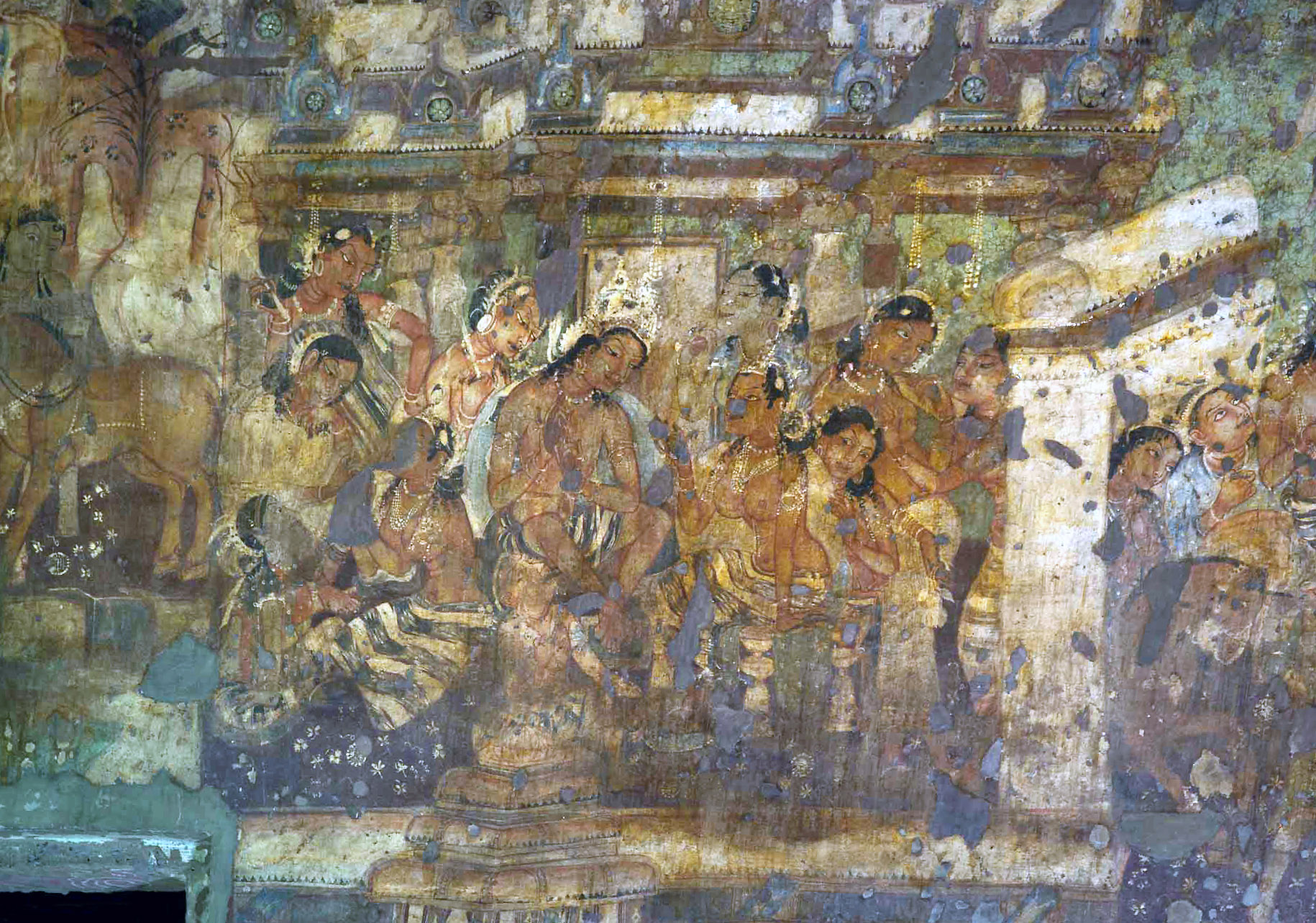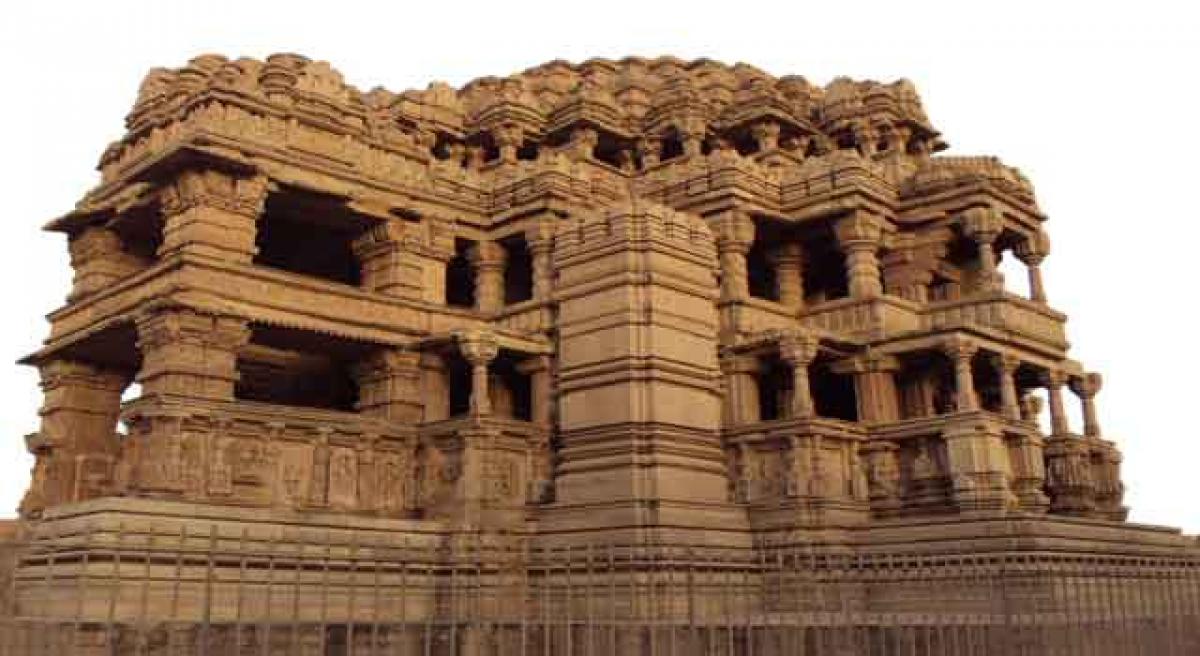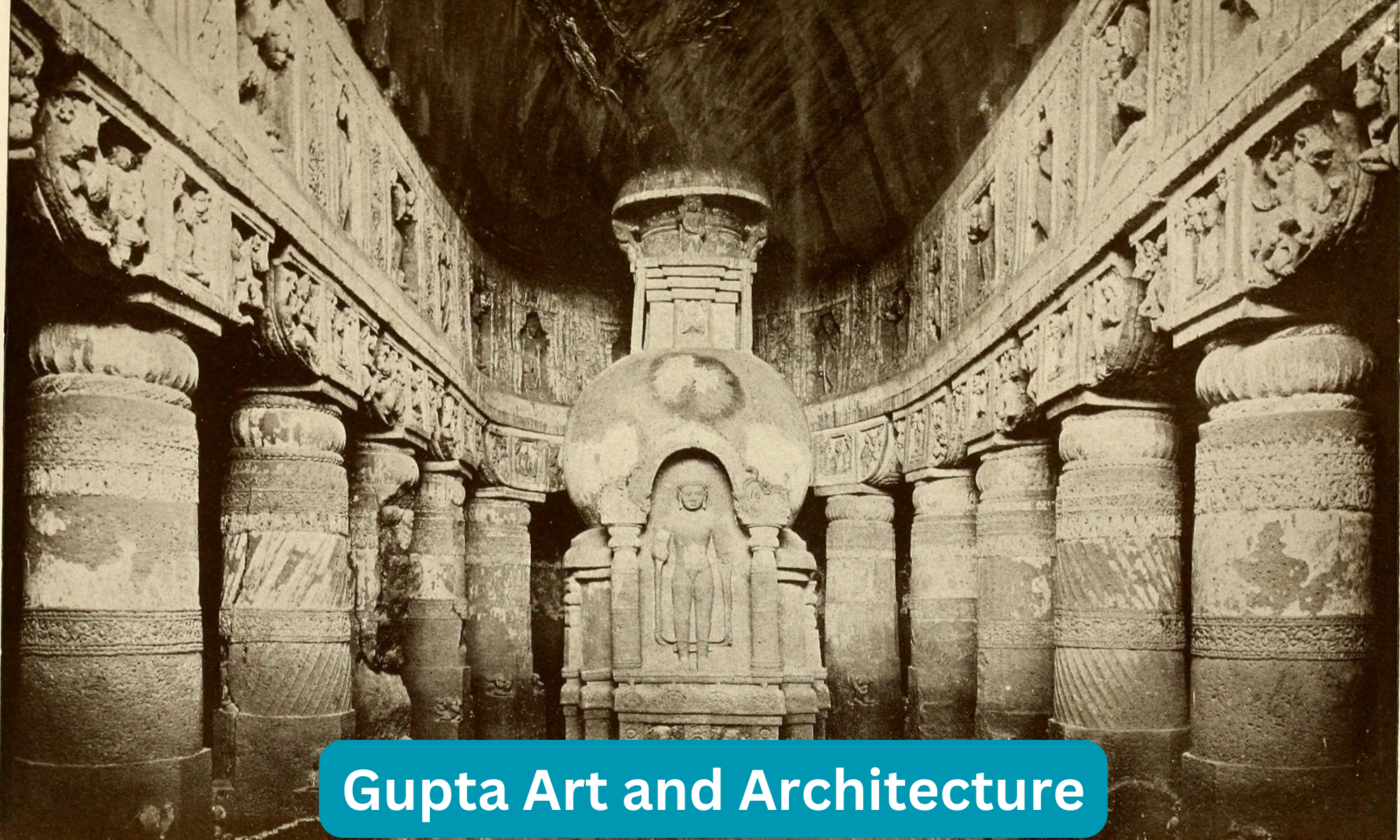Gupta Art and Architecture
From the beginning of the fourth century CE to the end of the sixth century CE, the Gupta Empire ruled over ancient India. From roughly 319 to 467 CE, when it was at its height, it dominated a large portion of the Indian subcontinent. Historians refer to this time as India’s “Golden Era.”
Buy Prime Test Series for all Banking, SSC, Insurance & other exams
King Sri Gupta established the empire’s reigning dynasty, whose most important members were Chandragupta I, Samudragupta, Chandragupta II, and Skandagupta. The Guptas are credited with having conquered about twenty-one kingdoms, both inside and outside of India, according to the Sanskrit poet Kalidasa who lived in the fifth century CE. These kingdoms include those of the Parasikas, Hunas, Kambojas, tribes living in the west and east Oxus valleys, the Kinnaras, the Kiratas, and others.
Gupta Art
- The Gupta Empire, which governed the majority of northern India from from 300 to 480 CE, is known for its art, which persisted in somewhat diminished form until around 550.
- For all the major religious groups in North India, the Gupta era is typically recognised as the classic zenith and golden age of North Indian art.
- The “Classical decorum” of Gupta painting stands out in contrast to later Indian mediaeval art, which prioritised the person over the overall religious goal.
- Even though there are many surviving paintings, they are almost exclusively religious sculptures.
- Hindu art during this time period witnessed the creation of the famous carved stone deities, while the production of Buddha statues and Jain tirthankara statues, often on a very massive scale, continued to rise.

- Mathura, the traditional epicentre of sculpture, continued to thrive, while Gandhara, the epicentre of Greco-Buddhist art just outside the northern boundary of Gupta dominion, continued to have an impact.
- During that time, new centres, particularly at Sarnath, arose. Sculpture was exported from Sarnath and Mathura to other northern Indian regions.
Background of Gupta Art
- Kushan art, which flourished in northern India from the first and the fourth centuries CE and combined the legacy of the Greco-Buddhist art of Gandhara, influenced by Hellenistic artistic canons, and the more Indian art of Mathura, came before Gupta art.
- The Western Satraps created an advanced form of art in Western India, which is shown in Devnimori.
- This art predates the development of Gupta art and may have impacted it as well as the artwork found in the Ajanta Caves, Sarnath, and other locations from the fifth century onward.
- The Satavahanas’ art in central India had already developed a sophisticated Indian creative idiom.
- With Samudragupta and Chandragupta II’s conquests, the Gupta Empire expanded to encompass vast areas of central, northern, and northwestern India, as well as the Punjab and the Arabian Sea.
- They carried on and expanded these earlier artistic traditions and created a distinctive Gupta style, rising “to heights of sophistication, elegance, and glory.”
- The Gupta imperial family did not use inscriptions, much alone portraits that have survived, to declare their connection to the art created under them, in contrast to certain other Indian dynasties before and after them.
Delhi Sultanate Art & Architecture
Gupta Architecture
The first purpose-constructed Hindu (and Buddhist) temples, which sprang from the ancient tradition of rock-cut shrines, were created during the Gupta Dynasty in North Central India. These temples were frequently devoted to all of the Hindu gods and were decorated with towers and intricate decorations. The styles, designs, and elements of Gupta architecture are incredibly varied.

The variety of Gupta structures shows that Hindu temple architecture was still developing and hadn’t yet reached the standardised state of subsequent centuries. Nonetheless, there is no denying that Gupta-era structures had an impact on later Indian temple design, which persisted all the way up to the Middle Ages. Regrettably, only a small portion of the numerous Gupta temples that were built have remained.
Gupta Architecture: Gupta Cave Shrines
- The oldest instances of religious architecture were cave-temples, which typically had a single carved doorway and an exterior adorned with relief sculpture.
- A Shiva linga (phallus) and other ritual sculptures were erected inside the shrine, and the walls were lavishly embellished with further carvings depicting mythological scenes.
- One cave near Udayagiri in Madhya Pradesh has a date stamp that reads 401 CE, which is a notable example.
- One of the best pieces of Gupta art may be seen in this shrine, a famous relief depicting Vishnu as the boar-headed Varaha.
- The panel is 7 by 4 metres in size, and the main figure is almost completely circular and emerges from the cosmic waters after slaying a snake-like monster and saving the goddess Bhudevi (Earth).
- The picture, which is based on a well-known Hindu story, may also be an allegory for the security and tranquilly provided by the Gupta monarchs.
Indian Architecture- Post Mauryan Art and Architecture
Gupta Architecture: Materials & Features of Gupta Temples
- The Guptas, who were dissatisfied with caves, were the first dynasty to erect Hindu temples that stood by themselves permanently, starting a long legacy of Indian temple architecture.
- Here, it’s likely crucial to remember that Hindu temples were created as the dwelling place (devalaya) of a god rather than gathering places.
- Priests could make gifts to the gods in this elaborate palace (prasada), and worshippers could also make offerings of prayers, flowers, and food (puja), usually to a sacred artefact or statue that represented a particular deity and was kept inside a compact, windowless building (the garbhagriha).
- Also, believers would go around the temple as part of a sacred ritual.
Also Read: Indian Architecture- Mauryan Art And Architecture
Find More General Studies News Here




 States and Capitals - How Many States in...
States and Capitals - How Many States in...
 Top-10 People with the Highest IQ in the...
Top-10 People with the Highest IQ in the...
 Leopard 2A7 vs Challenger 3: Best NATO M...
Leopard 2A7 vs Challenger 3: Best NATO M...

